- Home
- Machining techniques
- CNC Machining Services
- Cooperative supply services
- Designs
- Materials
- Finishing Services
- Shop
- Products
- Guide
- About Us
- Contact Us
2023.1.18
Engineering plastics are a type of high-performance material that is often used in structural applications, harsh chemical and physical environments, as well as critical industries. How to choose the best engineering plastic? Focusing on the selection of engineering plastic materials, there are some properties factors that need to be considered.
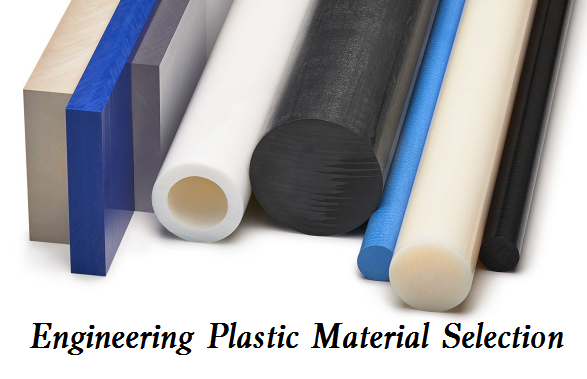
1. Heat resistance
A key factor to consider when selecting materials is the heat resistance of materials. Generally speaking, if you want to increase the maximum working temperature of the material, you need to increase the cost accordingly. The addition of filler can greatly improve the hardness and thermal deformation temperature of materials, and the addition of glass fiber can significantly reduce the cost of high-performance and special polymers. Because of this, glass fiber filled in the polymer is often used to replace metal.
2. Hardness
One of the biggest advantages of metals compared with plastics is that they have very high hardness. However, in many practical applications, such high hardness is not required. If necessary, it can be supplemented by flexible design, skeleton reinforcement, and low density. In many cases, hardness is also a key performance. The addition of filler and fiber can greatly improve the hardness of the material. When surface appearance is not a major concern, glass fiber is often used because of its high-cost performance. However, glass fiber will make the material anisotropic, reduce its processing performance, and easy to wear. When you need to pay attention to the appearance of the product, you can add some mineral fillers, such as calcium carbonate, talc, wollastonite, and mica, which are good choices. However, the hardness and thermal deformation temperature of the material are much lower than that of the material filled with glass fiber.
3. Impact resistance
In many practical applications, impact resistance is a key performance. Among these materials, for unfilled materials, polycarbonate PC and its mixture: polycarbonate PC/ABS resin and polycarbonate PC/PBT have high impact resistance. These materials are excellent choices when the continuous working temperature does not exceed 100-120 ° C. The material filled with glass fiber has higher hardness, and the liquid crystal polymer LCP has excellent performance. The addition of an impact modifier can greatly enhance the toughness of many brittle polymer materials. The toughness of the polymer is determined by itself, the weight of the impact modifier, and the quality of the modifier dispersed in the matrix. However, in all cases, you must compromise with hardness, chemical resistance, and processing performance.
4. Tear resistance
One promising area of plastic replacing metal is friction application, such as gears, pump rotors, engine parts, brake parts, sliding parts, etc. In this field, plastics have the following advantages: design flexibility, weight reduction, no use of lubrication self-lubrication, and noise reduction. Because of these urgent application needs, the material is required to have low dynamic friction and good wear resistance to avoid heat generation on the contact interface. Therefore, the following points should be achieved: avoid the reduction of mechanical properties, minimize the wear of the material and avoid the smooth phenomenon. Only a few materials have good self-lubrication and wear resistance. Therefore, these properties of materials can not meet the requirements of the industry. For this reason, friction materials often contain layered fillers, silicone oil, and some polymers. In some cases, the selection of final materials will also depend on the working temperature, hardness, or chemical resistance.
5. Chemical resistance
In some applications, such as engine parts, pump parts, fuel delivery lines, high-performance pipes, and fittings, these materials should withstand harsh working conditions, still have to withstand many chemical reagents at high temperatures, and maintain their mechanical properties and dimensional stability for a long time. In many cases, semi-crystalline polymers with higher glass transition temperatures can provide the best balance between cost and chemical resistance. Among these semi-crystalline polymers, such as fluoropolymers, polyphenylene sulfide PPS, polyetheretherketone PEEK, and liquid crystal polymer LCP are excellent choices, especially when it is necessary to maintain good chemical resistance at high temperatures. Compared with semi-crystalline polymers, amorphous polymers generally have excellent chemical resistance, especially for organic solvents, hydrocarbons, and fuels.
6. Gamma radiation resistance
On some special occasions, materials are often exposed to gamma rays, especially in some medical applications, which often require regular sterilization and disinfection. Generally, materials containing double bonds or a large number of aliphatic units do not have good gamma ray resistance. For example, some materials with poor resistance to gamma rays, such as ABS resin. In medical applications, such as surgical tools, dental tools, filtering tools, etc., these materials should have good water resistance, steam resistance, and chemical resistance.
7. UV radiation resistance
When a product is continuously exposed to ultraviolet light or is used outdoors, such materials need to have excellent ultraviolet radiation resistance. Such applications as automobiles, transportation vehicles, lighting equipment, etc. need excellent weather resistance. It is impossible to solve the ultraviolet radiation resistance of polymers according to general rules because it depends greatly on the chemical structure and special aging mechanism of materials. Polymers containing double bonds are usually more sensitive to ultraviolet light, such as ABS plastic.
 Spring Material Types (Properties, Grades, Uses) & Best Selection for Your Project
Spring Material Types (Properties, Grades, Uses) & Best Selection for Your Project
 Polyamide Vs. Nylon Vs. Polyester: Properties, Uses, Advantages & Disadvantages
Polyamide Vs. Nylon Vs. Polyester: Properties, Uses, Advantages & Disadvantages
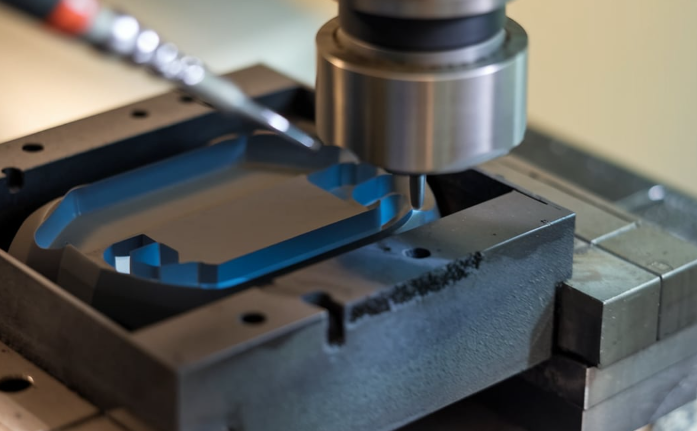 What Is Glass Filled Nylon – PA GF Material Properties, Pros, Cons, Uses & Glass Filled Nylon vs Nylon
What Is Glass Filled Nylon – PA GF Material Properties, Pros, Cons, Uses & Glass Filled Nylon vs Nylon
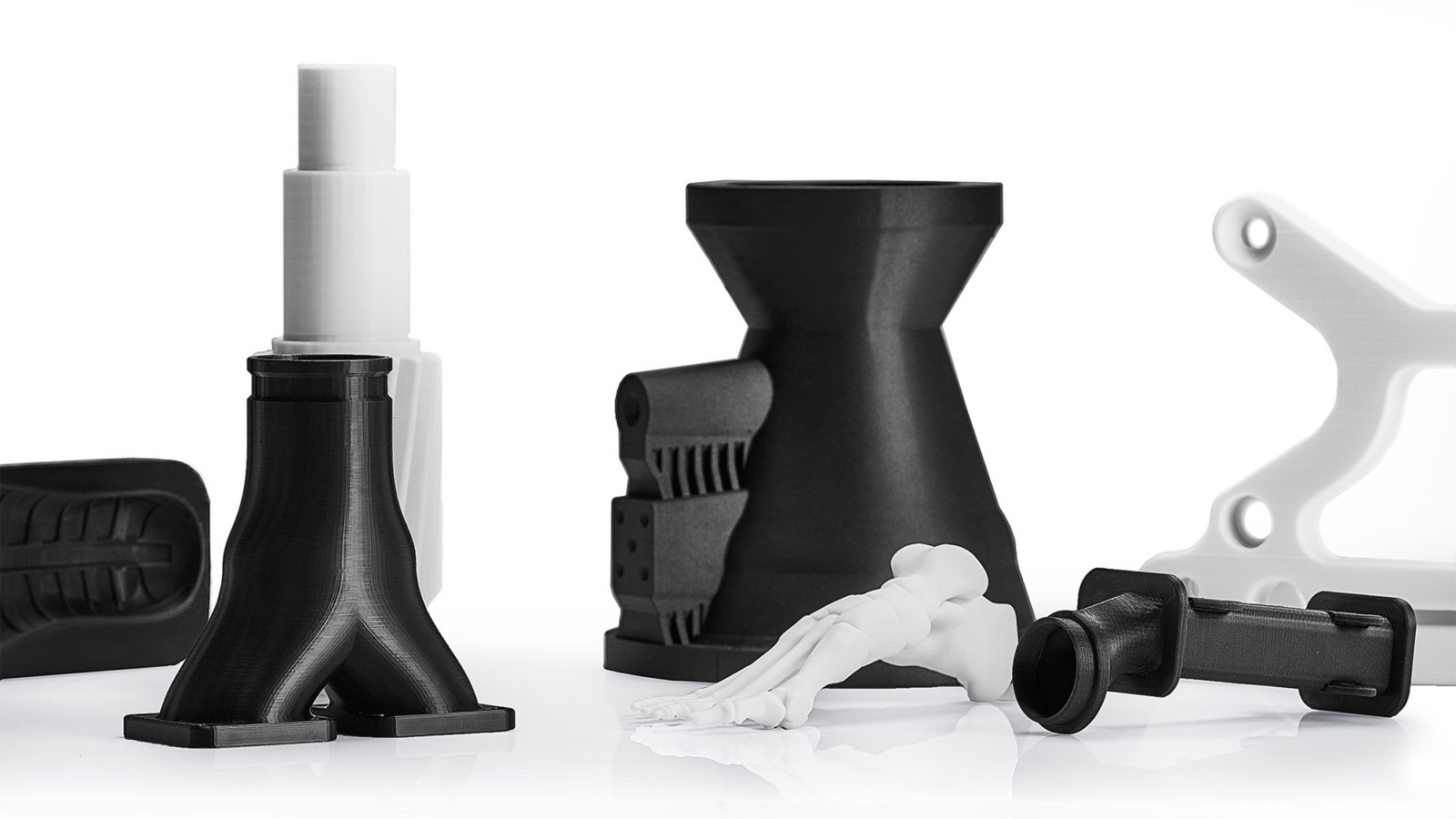 3D Printing Material Guide – The Advantages of Using Fiber Fillers in 3D Printing
3D Printing Material Guide – The Advantages of Using Fiber Fillers in 3D Printing
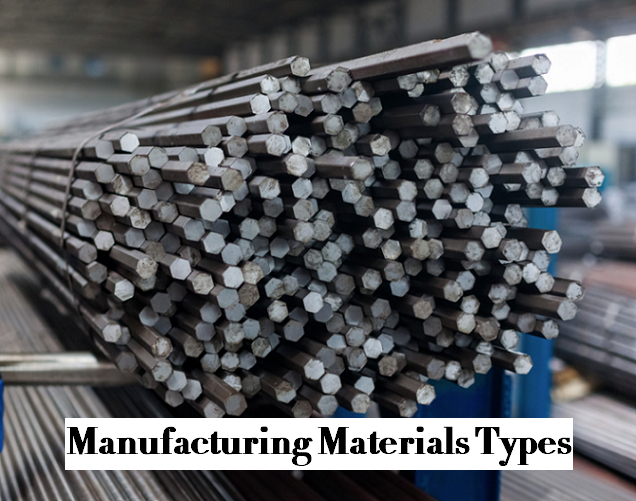 Guide to Manufacturing Materials: Types, Definitions, Examples and Uses | CNCLATHING
Guide to Manufacturing Materials: Types, Definitions, Examples and Uses | CNCLATHING
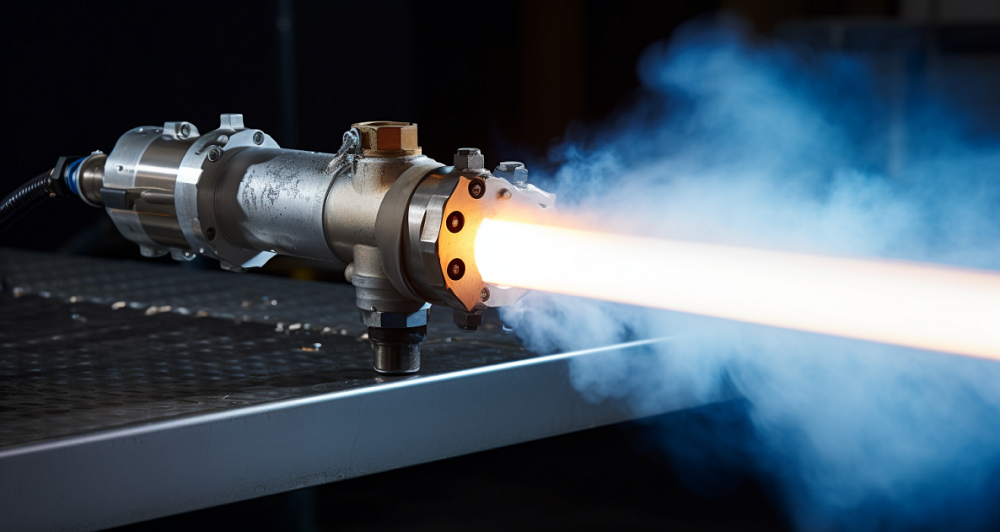 What is HVOF Coating – HVOF Thermal Spray Process, Materials, Benefits, Machine, Applications
What is HVOF Coating – HVOF Thermal Spray Process, Materials, Benefits, Machine, Applications
